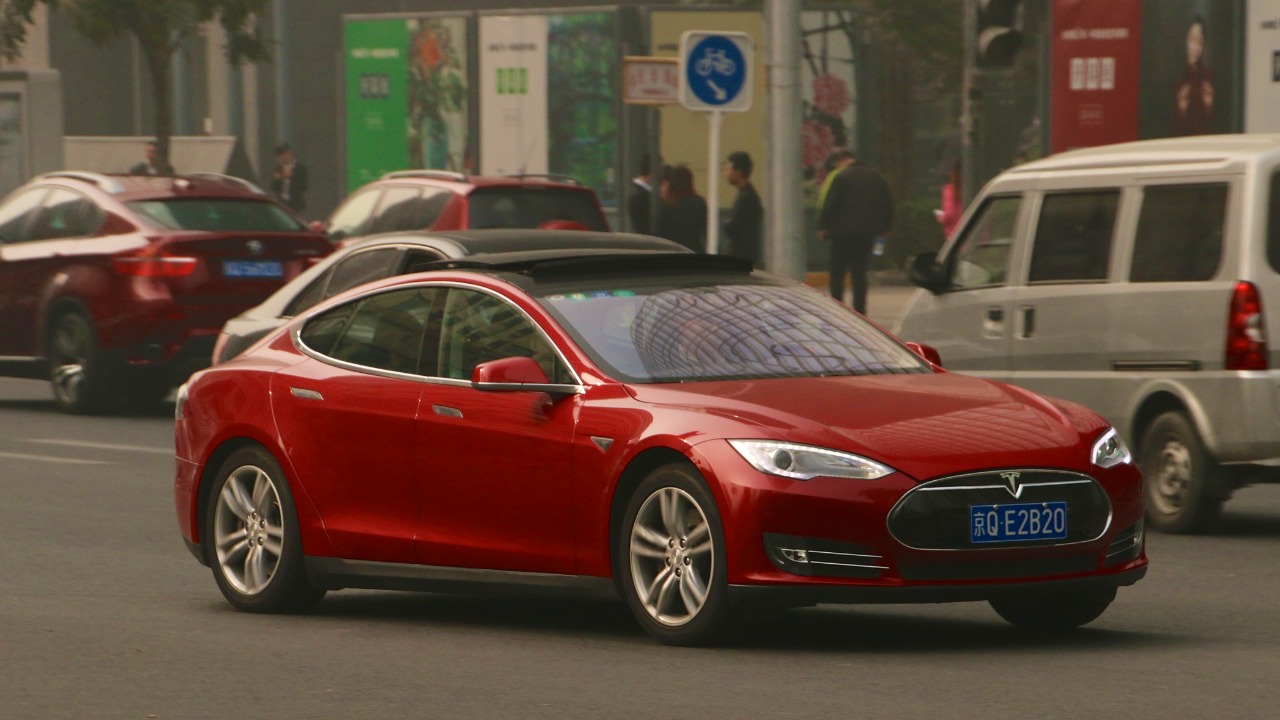
The National Highway Traffic Safety Administration (NHTSA) has proposed new rules that could necessitate a redesign of Tesla’s flush-mounted door handles on models such as the Model 3 and Model Y. The aim is to improve emergency egress, potentially affecting vehicles produced after the rule’s finalization. These handles, which pop out electronically, have been lauded for their aerodynamic benefits but have also faced criticism for complicating quick access in crashes or malfunctions. Redesigning them presents significant engineering challenges, particularly given Tesla’s minimalist design philosophy. source
The Evolution of Tesla’s Door Handles
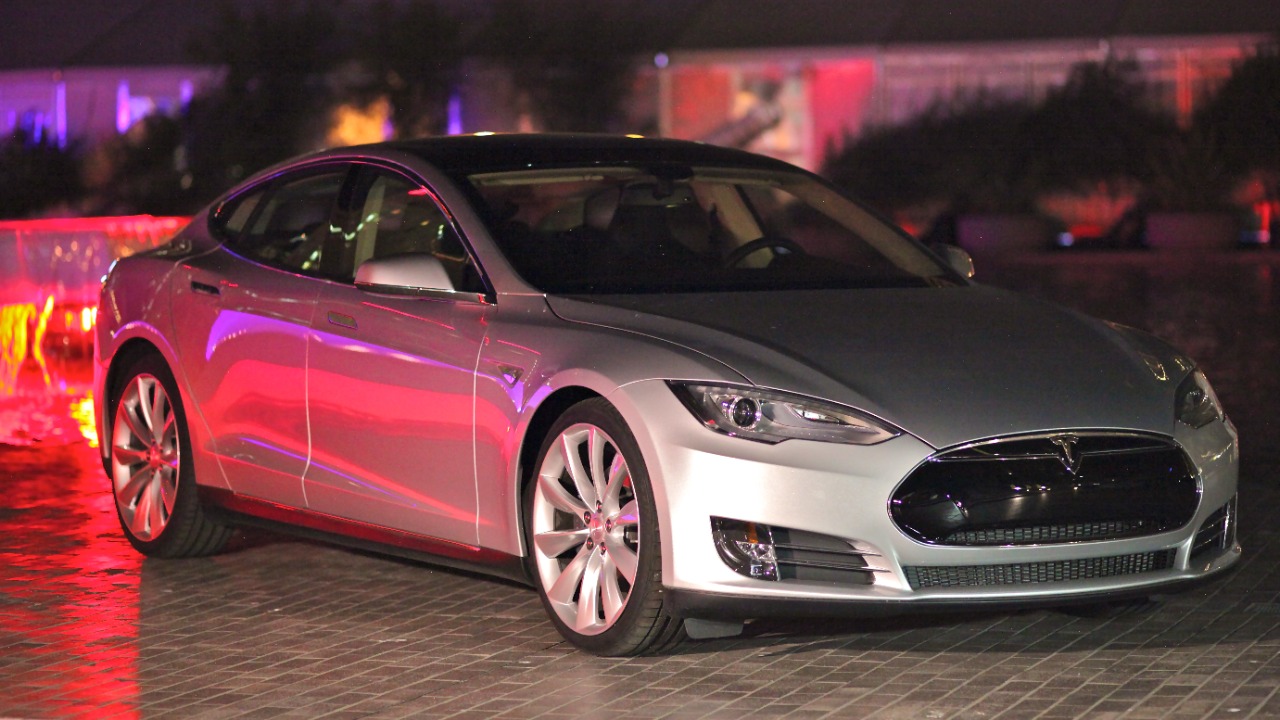
Flush door handles were first introduced on the 2012 Model S, contributing to a 3-5% improvement in aerodynamic efficiency and becoming a signature feature of Tesla’s design language. The handles operate mechanically and electronically, extending via motors upon approach or app activation. This design reduces drag coefficients to as low as 0.208 on the Model 3, a testament to Tesla’s commitment to efficiency. source
However, user experiences have not always been positive. There have been reports of handle failures in cold weather or power loss scenarios, which have delayed entry into the vehicle. These incidents highlight the potential safety concerns associated with the current design. source
NHTSA’s Push for Safer Vehicle Egress
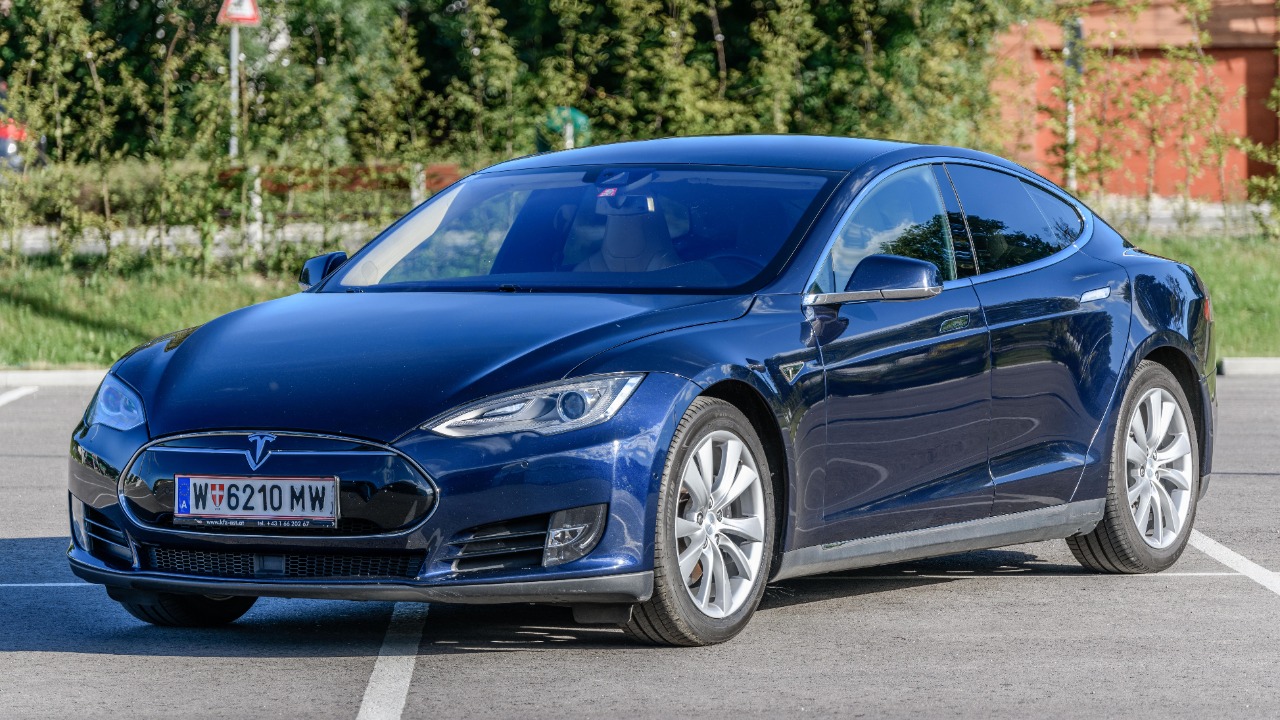
In 2023, the NHTSA proposed a federal rule mandating that all passenger vehicle doors allow manual operation without power in under 10 seconds for emergency situations. This proposal was influenced by incidents like the 2021 Texas crash involving a Tesla Model S, where the flush handles hindered firefighter access. The agency’s focus has been on improving side-impact and rollover safety. source
The rule, if finalized, could apply to new models starting in 2026. This timeline gives manufacturers a window to adapt their designs to meet the new requirements. For Tesla, this could mean a significant shift in their design philosophy. source
Engineering Challenges in Redesigning Handles
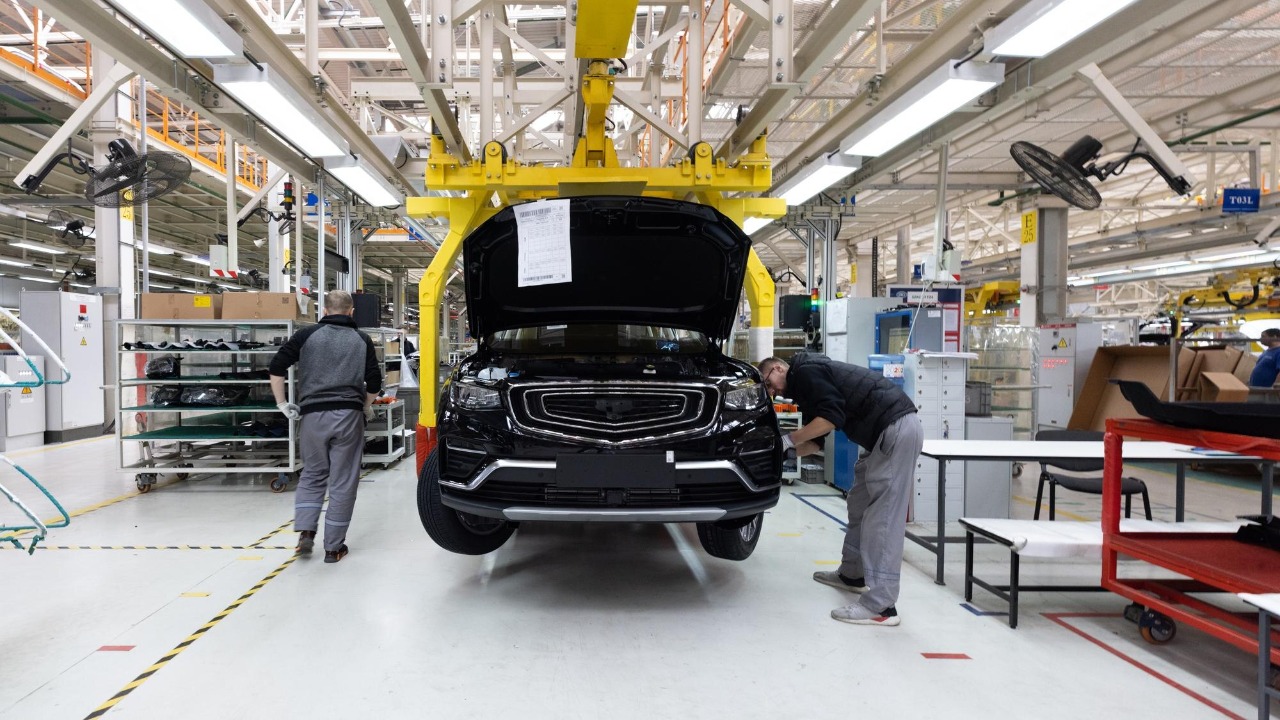
The integration of handles with Tesla’s body panels presents a significant challenge. The flush designs require precise tolerances of less than 1mm to maintain seals and aerodynamics. Any change to this design would need to maintain these tolerances while also meeting the new safety requirements. source
Another issue is the power dependency of the current handles. They rely on 12V batteries that can fail in collisions, necessitating backup mechanical systems. However, incorporating such systems without compromising aesthetics could prove challenging. Furthermore, a redesign could add $50-100 per vehicle in production expenses, adding to the cost implications. source
Tesla’s Response and Past Adaptations
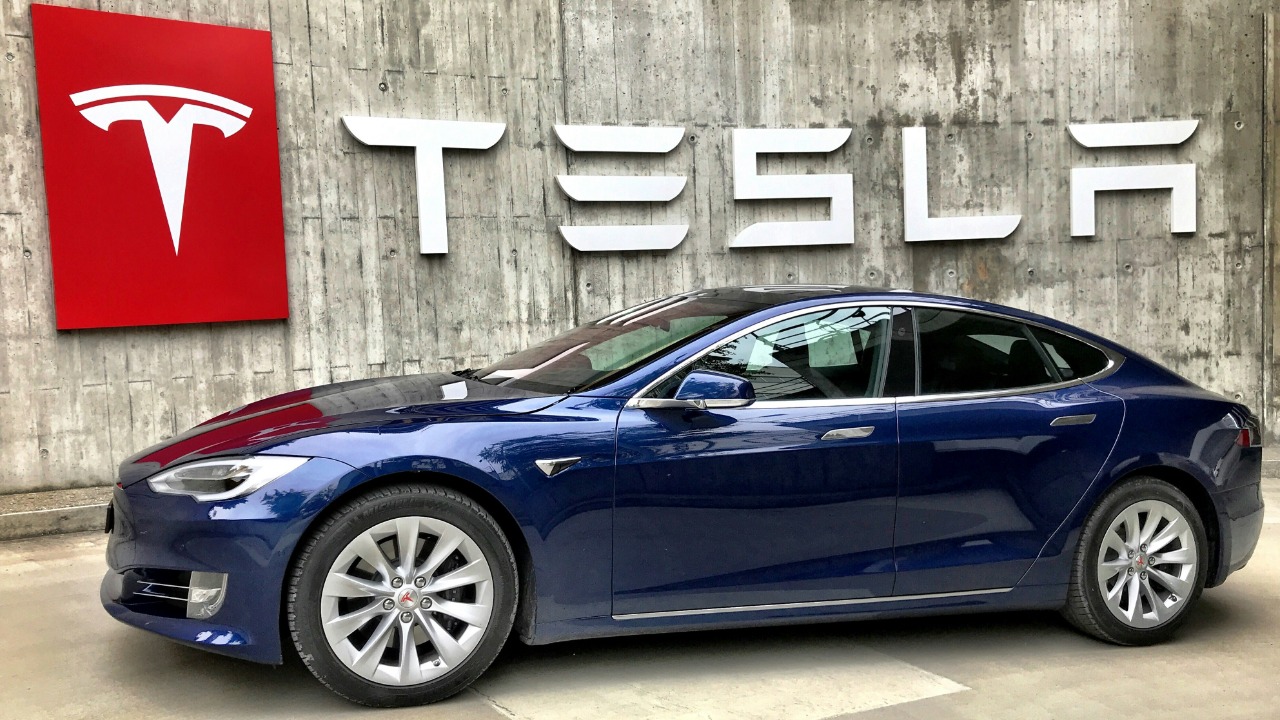
In 2017, Tesla responded to some of these concerns with a software update for the Model S and X, enabling manual handle extension via the key fob. However, this solution does not fully address the NHTSA’s manual operation requirements. Tesla engineer Franz von Holzhausen has emphasized the company’s “form follows function” ethos, indicating a resistance to traditional pop-out designs. source
One potential solution could be found in Tesla’s 2022 patent filing for a hybrid flush-manual handle mechanism. This design could potentially meet the NHTSA’s requirements while maintaining Tesla’s signature aesthetic. However, it remains to be seen how this design would perform in real-world conditions. source
Industry-Wide Implications for EV Design
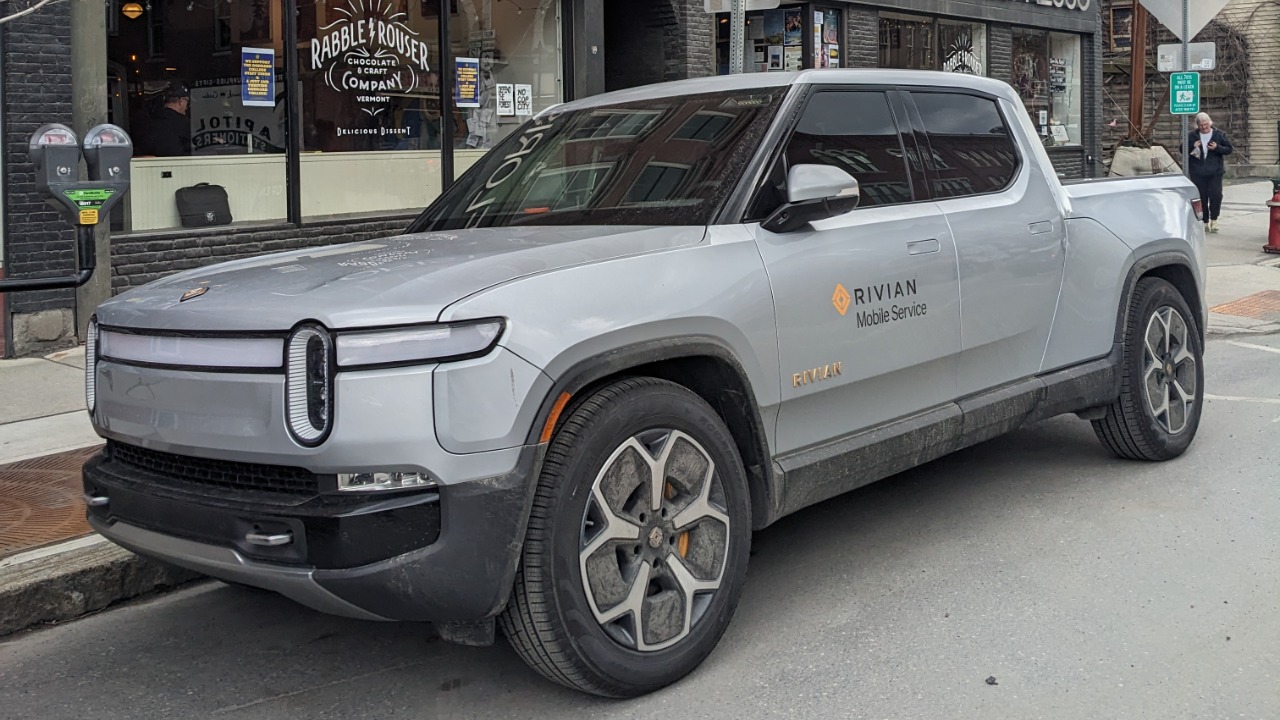
Tesla’s situation is not unique. Rivals like Rivian, whose R1T truck uses traditional handles, are already compliant with egress standards but at the cost of higher drag. The new rule could influence the design of upcoming EVs, potentially slowing the adoption of flush designs across the industry in favor of prioritizing safety over efficiency. source
There are also trade-offs in range and performance to consider. Even minor handle protrusions could reduce the Model Y’s 330-mile EPA range by 5-10 miles. This could impact consumer perceptions and the overall competitiveness of EVs in the market. source
Balancing Innovation with Regulation
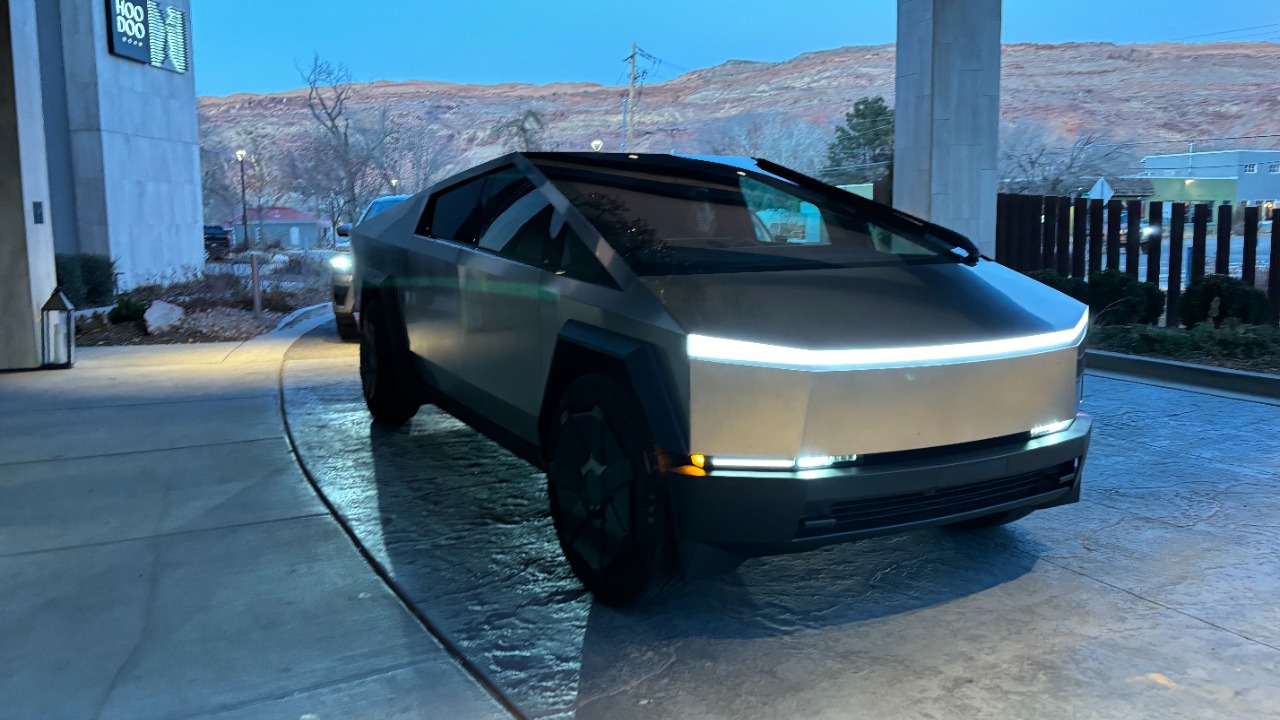
NHTSA administrator Ann Carlson stated in 2023 that “aerodynamics should not come at the expense of occupant safety.” This sentiment underscores the balance that manufacturers must strike between innovation and regulation. Non-compliance could lead to legal and recall risks for Tesla, as seen with the 2023 Cybertruck handle issues that led to a voluntary recall of 3,878 units. source
Consumer perspectives also play a crucial role. Surveys show that 60% of Tesla owners value the sleek look of the handles despite occasional usability complaints. As Tesla and other manufacturers navigate these new regulations, they will need to consider not only safety and efficiency but also consumer preferences. source